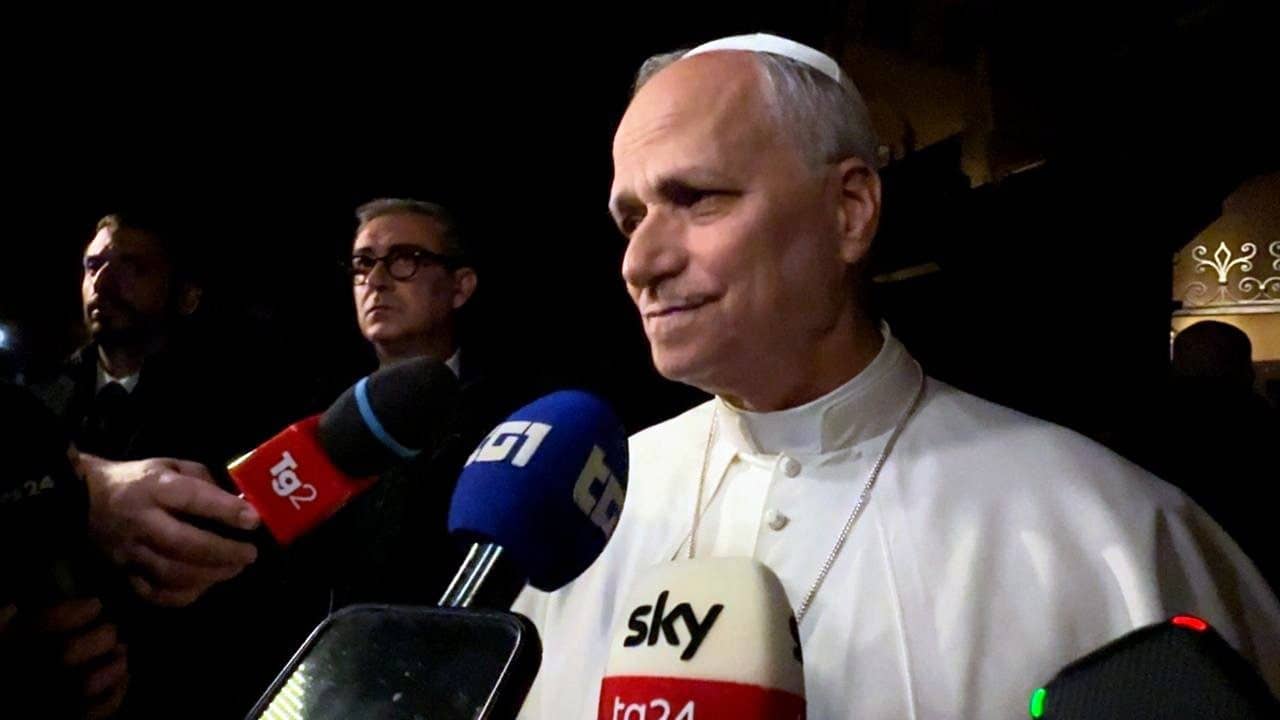Pope Francis has given a group of breakaway North American Anglicans who joined the Catholic Church en masse a new leader, naming the first bishop to lead the small but growing movement within US Catholicism.
The Rev. Steven Lopes, a San Francisco priest who has worked in the Vatican’s Congregation for the Doctrine of the Faith since 2005, will serve as bishop of the Personal Ordinariate of the Chair of St. Peter, a structure equivalent to a Catholic diocese created in 2012 that allows for entire parishes once associated with the Anglican Church, or its US branch, the Episcopal Church, to become Roman Catholic.
“By naming Bishop-elect Lopes, the Pope has confirmed that the Ordinariate is a permanent, enduring part of the Catholic Church, like any other diocese — one that is now given a bishop so that it may deepen its contribution to the life of the Church and the world,” said a statement from the Houston-based Ordinariate.
“I stand among women and men for whom ‘Catholic communion’ is no abstract concept,” Lopes said in a statement, a nod to the unique status of Ordinariate parishes, which retain an Anglican flair while being fully part of the Catholic Church. “They have sacrificed for it. They have displayed courage and fortitude in favor of it.”
Nearly 70 priests and deacons serve 42 parishes spread throughout the United States and Canada that belong to the Ordinariate, the press release said. Many of the priests who lead these parishes are married, in line with the Anglican Church’s married priesthood.
An Ordinariate is the equivalent of a Catholic diocese, but it’s not bound by geography. The structure, originally approved by Pope Benedict XVI in 2009, enables Episcopal priests, and even entire Episcopal congregations, to “swim the Tiber” and become Catholic.
There are three of these structures today – covering the United States and Canada, the United Kingdom, and Australia – but not everyone’s on board.
Some in the Anglican Communion were annoyed by the set-up. They say the Ordinariates could harm ecumenical relations, accusing the Vatican of taking advantage of another Church’s internal struggles and trying to poach whole congregations. But others say it simply gave a home to former Anglicans who never had any interest in returning to full communion with Canterbury anyway.
When the structure was rolled out in 2009, then-Archbishop of Canterbury Rowan Williams was taken by surprise, as he was not consulted during the process and was given a heads up from Rome only hours before the announcement. He nonetheless tried to downplay worries, asserting that the move was unlikely to attract large numbers.
Representatives from the Catholic Church say the provisions were simply a response to pastoral requests, not an attempt to increase membership. They point out that similar measures have been in place since 1980.
Some of the priests and congregations that have joined the Catholic Church through the Ordinariate expressed dissatisfaction with the Episcopal Church’s decisions to ordain women and gays as priests and bishops.
Lopes, born in Fremont, Calif. in 1975, will become the youngest Catholic bishop in the United States. He holds a doctorate from the Pontifical Gregorian University in Rome and was an associate pastor at two California parishes before moving back to Rome in 2005.
Though not officially affiliated with the Ordinariate until Tuesday’s announcement, Lopes has led the Vatican office charged with approving liturgical texts used by Ordinariate parishes since 2011.
Lopes will replace the Rev. Jeffrey Steenson, a former Episcopal bishop and now a married Catholic priest who has led the Ordinariate since 2012. Under Ordinariate rules, married men are ineligible to serve as bishops. Lopes will be installed as bishop at a ceremony in Houston in February.














